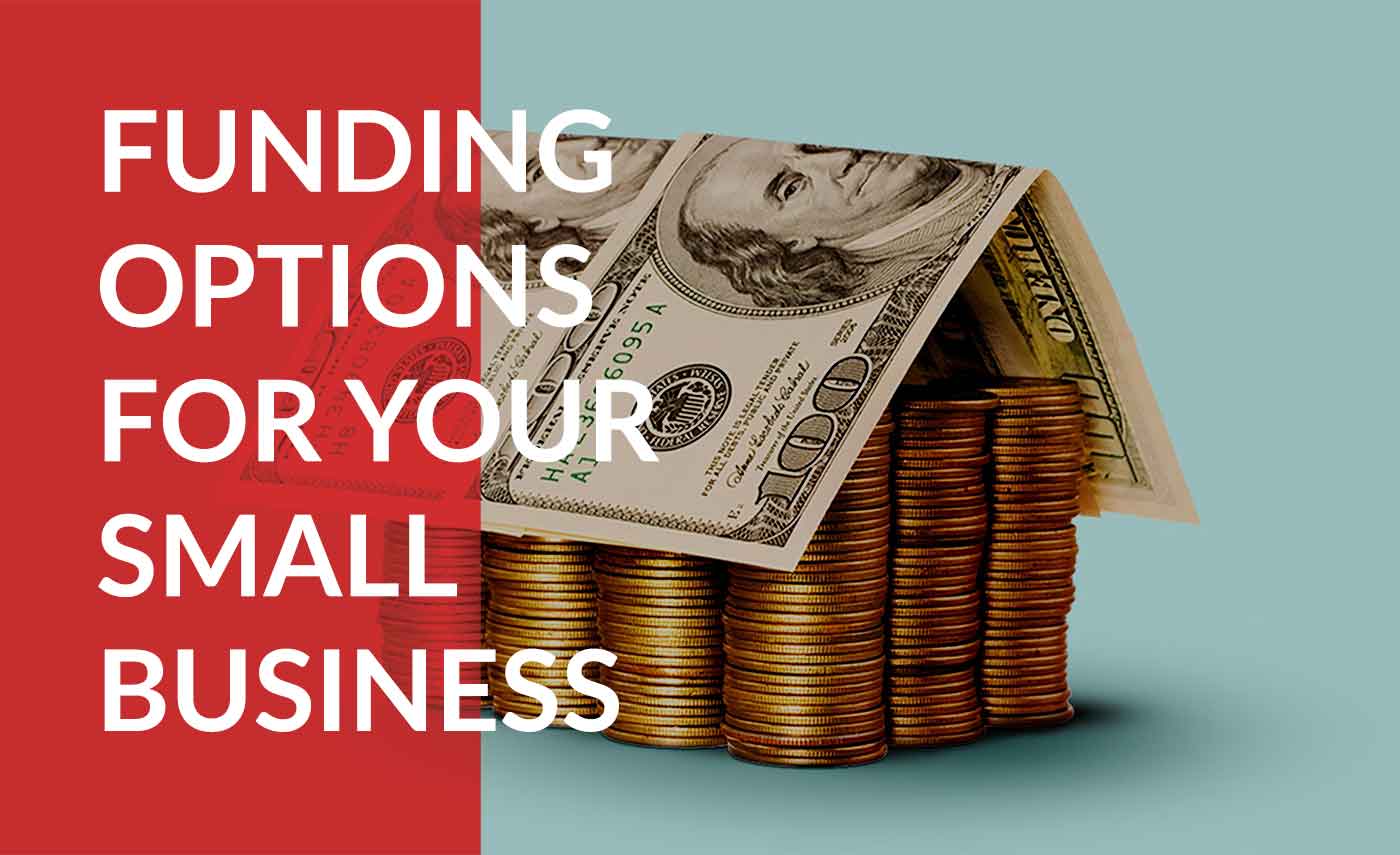Small business loan rates are a critical factor for entrepreneurs seeking to finance their ventures. Understanding these rates, the factors that influence them, and how to secure the best possible terms can significantly impact the financial health and success of your business. This detailed guide will cover everything you need to know about small business loan rates, including types of loans, factors affecting rates, how to compare offers, and tips for securing favorable terms.
Types of Small Business Loans
- Term Loans
- Fixed Rates: These loans come with a fixed interest rate and are repaid over a set period. They are ideal for long-term investments like equipment or real estate.
- Variable Rates: Some term loans have variable rates that can change over time based on market conditions.
- SBA Loans
- Government-Backed: Loans guaranteed by the Small Business Administration (SBA) often come with lower interest rates and favorable terms.
- Popular Programs: The SBA 7(a) and 504 loan programs are among the most common, offering various benefits to small businesses.
- Lines of Credit
- Revolving Credit: A line of credit provides flexible access to funds up to a specified limit, with interest paid only on the amount borrowed.
- Variable Rates: Interest rates on lines of credit are typically variable, adjusting with market rates.
- Merchant Cash Advances
- High Rates: Advances against future sales typically come with higher costs compared to traditional loans.
- Quick Access: These provide quick funding but can be expensive due to high factor rates.
- Invoice Financing
- Accounts Receivable: Loans based on outstanding invoices provide immediate cash flow but may come with higher fees.
- Variable Costs: The cost varies based on the lender and the terms of the financing agreement.
Factors Influencing Small Business Loan Rates
- Credit Score
- Personal and Business Credit: Lenders evaluate both personal and business credit scores. Higher scores can secure lower interest rates.
- Creditworthiness: Demonstrating strong creditworthiness reduces perceived risk for lenders.
- Business Financials
- Revenue and Profit: Lenders look at business revenue and profitability. Strong financials can lead to better rates.
- Debt-to-Income Ratio: A lower ratio indicates better financial health and can result in lower rates.
- Loan Amount and Term
- Loan Size: Larger loan amounts can sometimes secure lower rates, but this depends on the lender’s policies.
- Repayment Term: Shorter terms generally come with lower rates but higher monthly payments.
- Collateral
- Secured Loans: Loans backed by collateral typically have lower interest rates due to reduced risk for lenders.
- Unsecured Loans: These come with higher rates as they are riskier for lenders.
- Economic Conditions
- Market Rates: General economic conditions and market interest rates influence loan rates. In a low-interest environment, business loan rates tend to be lower.
- Inflation and Policy: Central bank policies and inflation rates can impact borrowing costs.
How to Compare Small Business Loan Rates
- Annual Percentage Rate (APR)
- Comprehensive Cost: The APR includes interest rates and any associated fees, providing a complete picture of the loan’s cost.
- Comparison Tool: Use APR to compare different loan offers effectively.
- Interest Rates
- Fixed vs. Variable: Understand whether the rate is fixed or variable. Fixed rates offer stability, while variable rates might start lower but can increase.
- Rate Calculation: Know how interest is calculated—simple interest versus compound interest.
- Fees and Charges
- Origination Fees: Upfront costs for processing the loan.
- Prepayment Penalties: Fees for paying off the loan early.
- Late Payment Fees: Charges for late payments should also be considered.
- Repayment Terms
- Monthly Payments: Evaluate the affordability of monthly payments based on your business cash flow.
- Total Repayment Amount: Consider the total amount paid over the life of the loan.

Tips for Securing Favorable Loan Rates
- Improve Credit Scores
- Personal Credit: Pay down personal debt, correct errors on your credit report, and make timely payments.
- Business Credit: Establish and build your business credit by ensuring vendors report payments to credit bureaus.
- Strengthen Financials
- Increase Revenue: Demonstrate strong and consistent business revenue.
- Reduce Debt: Lower your business’s debt-to-income ratio to improve your financial profile.
- Provide Collateral
- Assets as Security: Offering collateral can significantly lower your interest rate.
- Evaluate Risks: Ensure you understand the risks of securing a loan with business assets.
- Prepare Thorough Documentation
- Detailed Business Plan: A strong business plan can convince lenders of your business’s potential and stability.
- Financial Statements: Provide comprehensive financial statements, including income statements, balance sheets, and cash flow statements.
- Consider Loan Options
- Shop Around: Compare offers from multiple lenders, including banks, credit unions, and online lenders.
- Negotiate Terms: Don’t hesitate to negotiate better terms based on your business’s strengths.
Conclusion
Understanding and securing the best small business loan rates involves a thorough evaluation of your financial health, creditworthiness, and the various loan options available. By carefully comparing offers and leveraging your business’s strengths, you can find favorable loan terms that support your business’s growth and financial stability. Always stay informed about current market conditions and be proactive in managing your business’s financial health to ensure you can access the best possible rates. With strategic planning and diligent research, securing a small business loan with favorable rates is an achievable goal, paving the way for your business’s success and sustainability.


